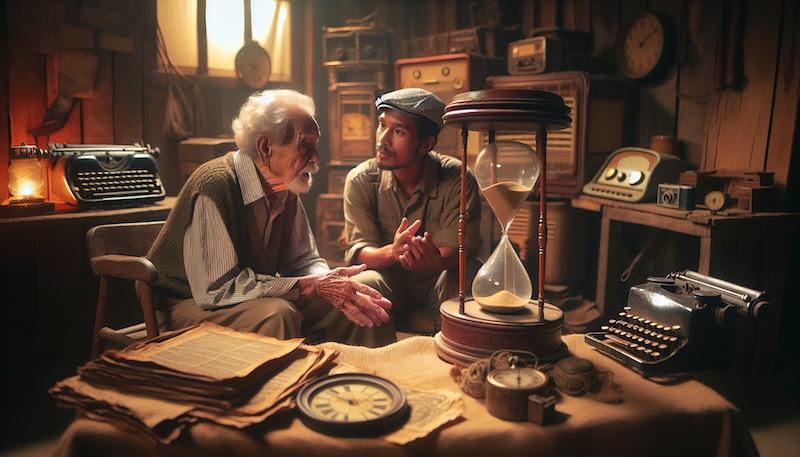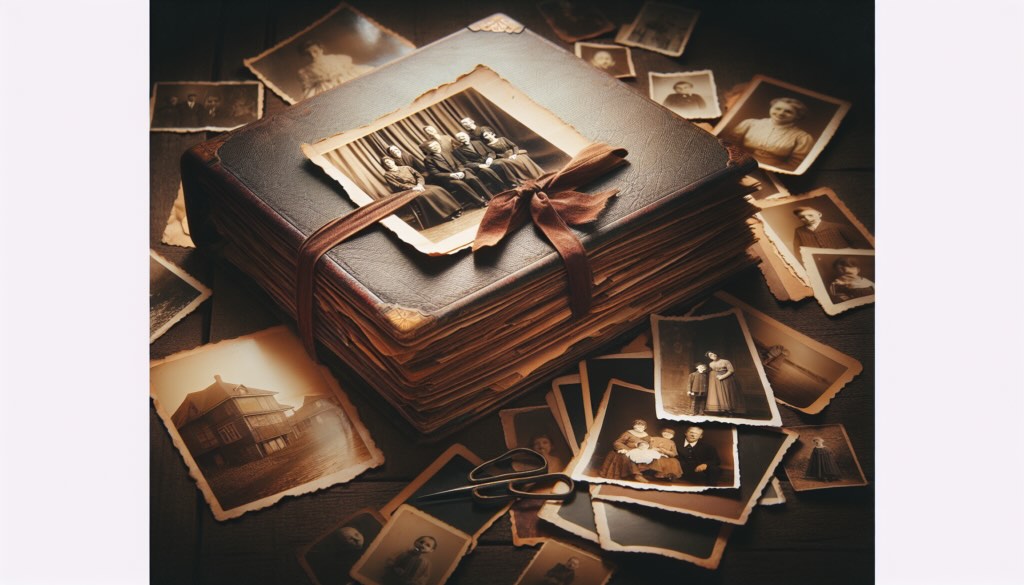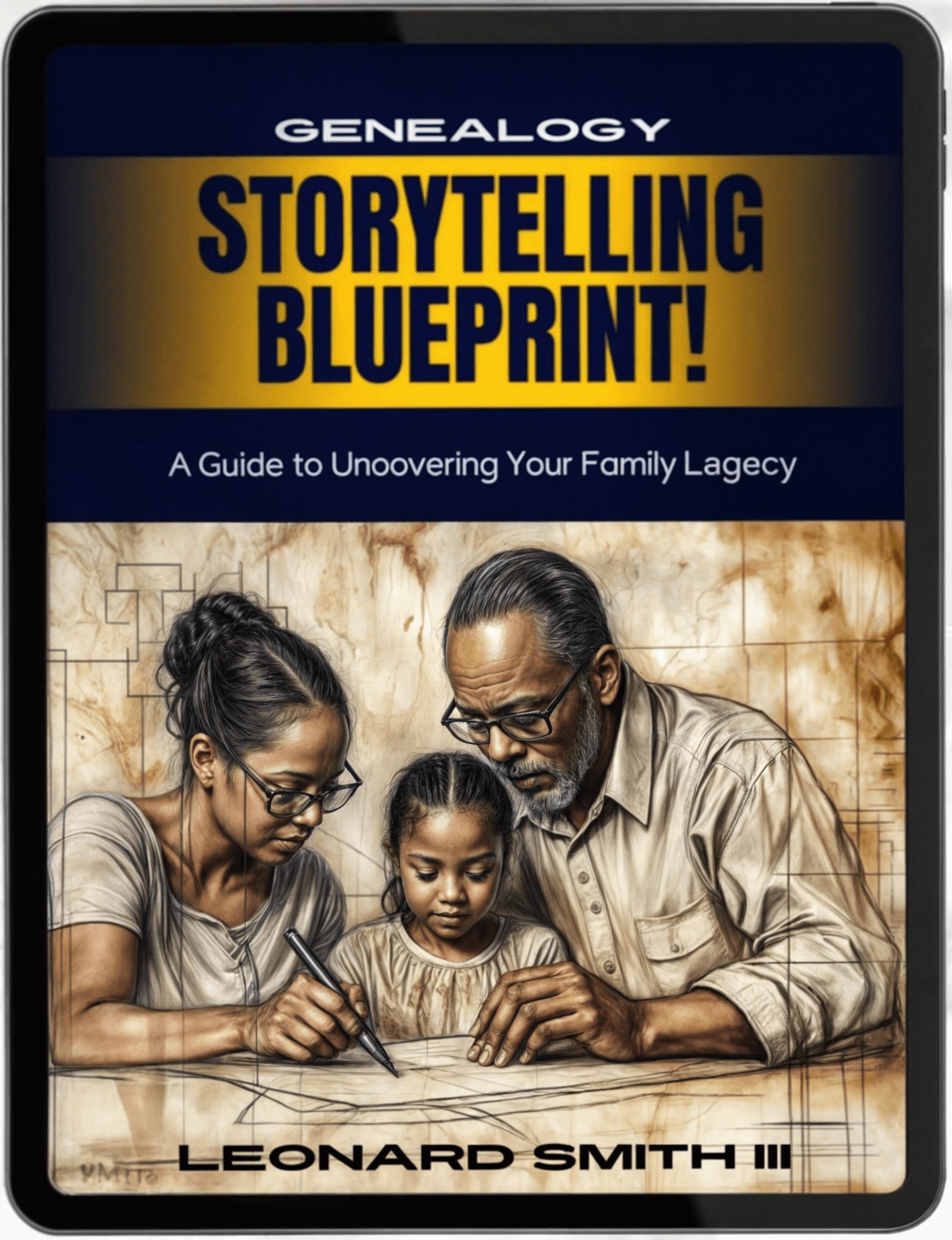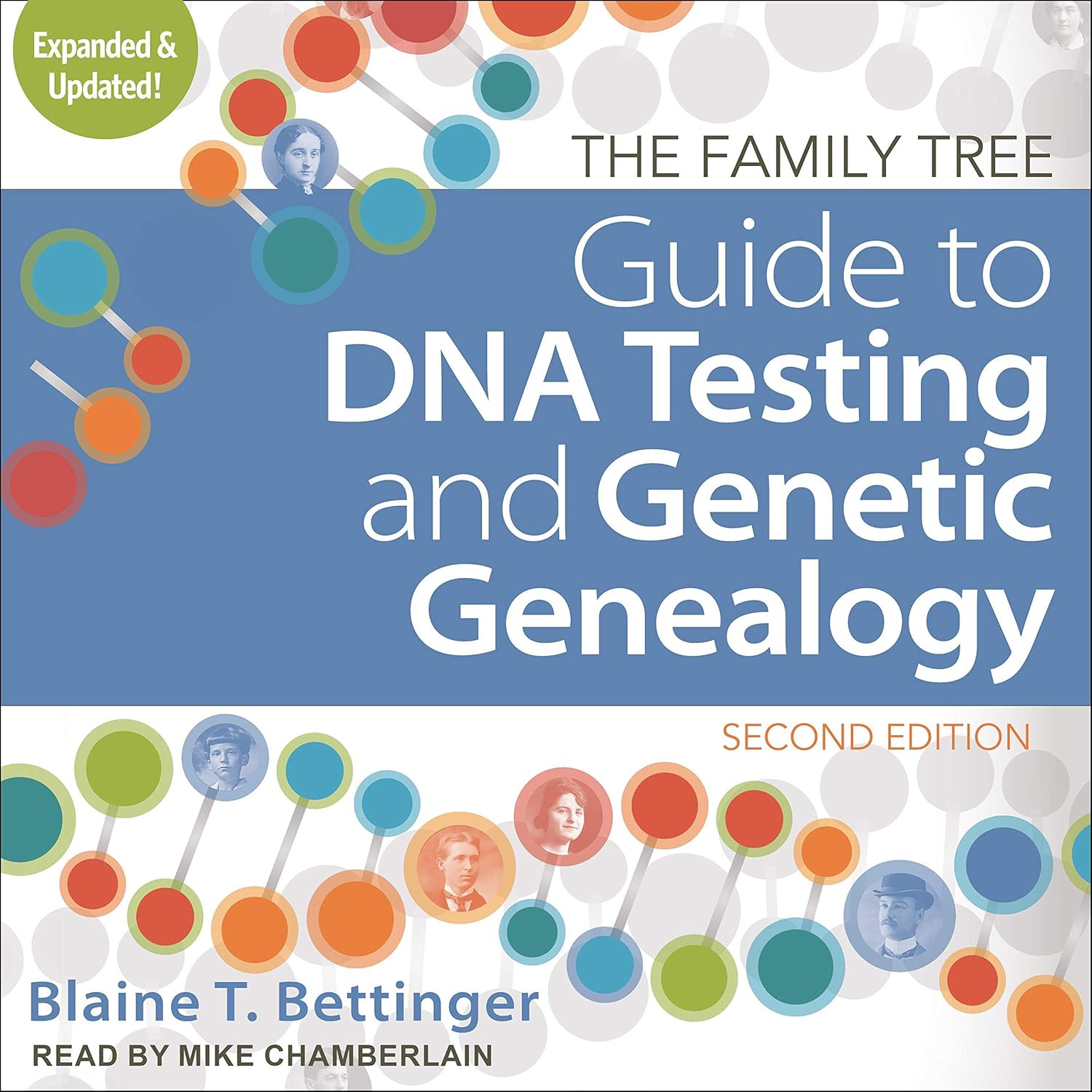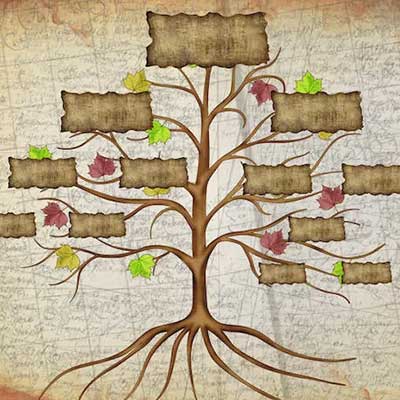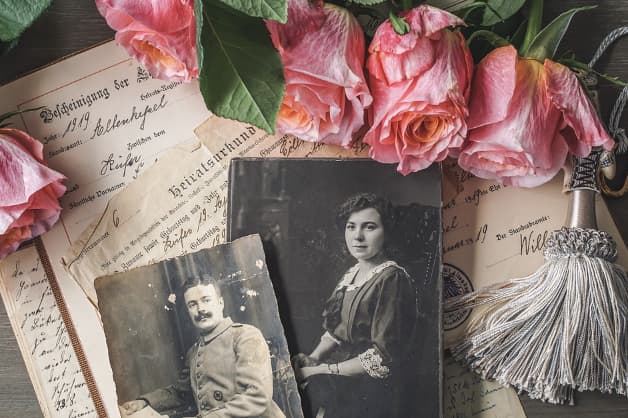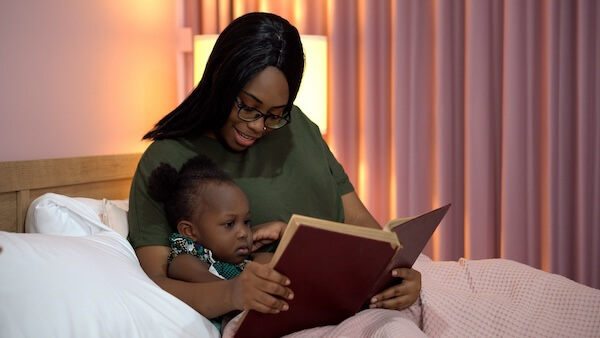- Home
- Oral History Interviews
- Record Life Story
Record Life Story
Have you been searching for a way to capture and preserve the special moments and stories from your life journey? Look no further than "Record Life Story", an innovative platform created to document and cherish its journey. With this innovative tool, you can conveniently record and store all your memories, adventures, and accomplishments in one convenient place - guaranteeing that your unique story remains intact for future generations. Put an end to forgotten stories and memories - with "Record Life Story" you can immortalize your narrative and share it with loved ones, making it a treasure that lasts for eternity.
Why Record Your Life Story
Preserve Personal History
Recording your life story effectively passes down personal histories to future generations. By recording your experiences, memories, and perspectives in writing, you create an enduring record of your life that can be appreciated by family, friends, and future generations who may never have met you in person.
Passing Down Family Legacies
By recording your life story and sharing details about ancestry, traditions, and cultural heritage, you provide an invaluable link between present-day and past generations of your family. Your recorded life story can provide inspiration, identity, and pride to future generations of family members and others who come after.
Documenting personal achievements and experiences
From career milestones to personal achievements, you can reflect upon all that life has given you, the challenges you've overcome, and lessons learned that have molded you into who you are today. Creating a record of your accomplishments ensures that your legacy extends beyond simple tales and indicates resilience and growth.
Writing Your Life Story
Writing your life story is one of the oldest methods of documenting history. Writing can help organize and clarify your thoughts and memories in a structured and cohesive manner. Writing offers flexibility; you can compose your narrative at your own pace using words that best convey it.
Audio recording
Audio recording has long been used to document life stories effectively. Modern technology makes recording yourself and sharing your experiences through voice recordings easier than ever. Digital voice recorders, smartphone apps, or computer software can help capture your stories in audio format so your listener can hear your voice, tone, and emotions when listening. This adds another level of personal connection between the listener and the story.
Video Recording
Video recording adds an audiovisual component to your life story, enabling future generations to see and hear about your experiences. Use a camera, smartphone or webcam to record yourself discussing them. This method preserves your voice and captures facial expressions, gestures, and mannerisms to create an immersive viewing experience for viewers.
Online platforms
In today's digital era, online platforms provide a convenient and accessible method to record and share life stories. Websites and apps designed specifically to facilitate personal storytelling provide user-friendly interfaces, prompts, templates, and prompts that make recording your story effortless. Many platforms even enable you to add photos, videos, and other multimedia elements for further enhancement.
Selecting the Appropriate Method to Record Life Story
Considering Personal Preferences to Record Life Story
You must consider personal preferences to select an effective method of recording your life narrative. Think about how you typically express yourself - through writing, speech or visual mediums. Consider your comfort level with technology and level of involvement desired in the recording process before selecting an approach. You are more likely to complete and enjoy this journey by picking one that aligns with your preferences.
Accessibility for Future Generations
Another key consideration should be how accessible your recorded life story will be for future generations. Find a method that ensures easy access over time. Consider the longevity of the medium you select when making your selection - will the written pages hold up over time, or will the technology used for recording remain compatible with future devices? Aim for something that can quickly be passed along from generation to generation and preserves your story for decades ahead.
Equipment and Technical Skills Needed
Different recording methods require different amounts of equipment and technical abilities. Please take a look at your available resources and any technical apprehension you have to record life story; for example, writing requires only pen and paper or computer access. Recording audio and video may require purchasing a recording device, microphone or camera; when choosing the best method, consider your budget and willingness to learn new skills when selecting an approach.
Preparing to Record Life Story
Gather Key Documents and Photographs to Record Life Story
Before beginning to record, gather key documents and photographs to help jog your memory of key events and details from your life. Include materials like birth and marriage certificates, diplomas, and photos as visual aids when recording events and people. Use this material as a reference while recording and providing visual aids for your listeners or readers.
Create a Timeline of Key Events
For a compelling narrative, making a timeline of critical events in your life, from birth until now, noting significant milestones, achievements, and experiences along the way is beneficial. Create a timeline as part of the recording process to help recall details essential to the story you wish to tell and provide structure for its presentation. Consider who has had an essential role in your life and identify them for inclusion on this timeline. People include family, close friends, mentors, or colleagues. Please try to recall key figures by sharing anecdotes or stories featuring them. Include these individuals in your life story for greater depth and context to your experiences, painting a more complete portrait of yourself.
Record Life Story Chronological Order
One method of structuring your life story begins from the start and moves chronologically through your life's significant events and milestones. This provides an engaging narrative, giving listeners or readers an accurate account of your growth.
You could take an alternative approach by selecting a theme-based approach to writing your life story. Look for themes like resilience, love, or career that recur throughout your journey. Gather stories about these themes, exploring how they have impacted and informed your life journey. This method allows for a deeper examination of specific subjects and provides a unique view of your world.
Chapter Divisions and Sections
To enhance the readability or watchability of your life story, consider breaking it into chapters and sections for easier viewing or reading. Each chapter can represent a significant period or theme, while sections within these chapters can provide deeper explorations into specific events or aspects of your life. This format makes your story easy to navigate while giving it structure and organization.
Interviewing Techniques
 Always ask open-ended questions
Always ask open-ended questionsActive Listening
Practice active listening when interviewing or conducting conversations to compile your life story. Please put all your attention into listening carefully to what the speaker has to say without interrupting or rushing them through their speech. Active listening demonstrates respect and genuine interest in their stories, leading to more compelling narratives to emerge.
Open-ended questions provide the ideal forum for interviewees to open up about themselves and share more detailed memories from their past lives. Instead of asking binary questions with either "yes" or "no" answers, try asking more open-ended ones that require elaborate responses - this approach creates more engaging discussions and an authentic life narrative.
Encourage Detailed Narratives
By asking follow-up questions after interviewees share stories, you can encourage more detailed accounts from them by exploring context, emotions, and how they impacted their lives. This technique helps create a vivid picture of their experiences and provides more depth to their stories.
Ensuring Emotional Comfort
It is key that an interviewing process takes place in an atmosphere that promotes comfort and safety for participants. Encourage interviewees to express their thoughts and emotions freely and ensure their stories are valued and respected. Respect their boundaries and allow them to guide the conversation for an engaging experience.
Record Life Story by Incorporating Additional Elements
Background Music or Sound Effects
You can add background music or sound effects to your recorded life story to enhance its impact. Carefully chosen tunes can create an ambiance or stir specific emotions, adding another dimension of power to your narrative. Sound effects like nature sounds and city ambiance can help transport listeners back in time to certain parts of your story.
Old recordings and testimonials
If you can access old ones from family or friends, consider including them in your life story. Audio recordings provide a unique perspective that adds authenticity and emotional depth to any narrative. By including them into your audience's experience, you create an enriched and multifaceted journey for them to enjoy.
Photographs and visual aids expand your life story by giving an extra dimension. While audio or written recordings capture its core, adding photographs or visual aids adds another tangibility. Add images that correspond with events or individuals mentioned in your narrative to help your audience visualize and connect with it more easily. This personal touch makes your life story more engaging and relatable for its readers.
Editing and Polishing the Story
Reducing Unnecessary Details
During editing, carefully review your recorded or written life story to eliminate any details that distract or detract from its primary narrative. Remove any unnecessary information that could interfere with its flow and remove anything that could create extraneous threads in its narrative flow—reducing clutter by selecting only the most significant events, experiences, and themes to ensure an impactful final product. Please pay special attention when editing your life story to make sure it's clear and coherent in its narrative. Ensure your ideas flow smoothly and your story is straightforward for readers to follow. Adjust transitions between chapters or sections if needed and clarify any ambiguous or confusing points as much as possible for an engaging and enjoyable tale without compromising clarity.
Checking Accuracy and Consistency
As the author of your life story, it is your responsibility to ensure its accuracy and consistency. Conduct a fact check of dates, names, and locations provided so you know all information is correct. As part of the review process, review your story for consistency in style, tone, and voice - this ensures the overall narrative remains cohesive and authentic.
Preservation and Distribution
Choosing Archival-Quality Storage Solutions
To protect the contents of your life story for future generations, use acid-free paper, storage boxes, or digital formats known for their durability and resistance to deterioration as long-term options for long-term archiving. You can consult archival preservation professionals or institutions to protect and ensure access to your recorded life story. To prevent loss or damage of this vital record, could you create copies as a backup plan? Keep physical copies in various locations, such as with family or in secure facilities.
Consider cloud storage, external hard drives, or multiple storage devices for digital recordings as a form of redundancy. Keep these backups updated as you add or alter your life story, including when adding new content or revising existing stories.
Consider Sharing it With Family and Friends
Once your life story is written down and polished, consider sharing it with family and friends. Plan a family gathering or special event where your audio/video recordings or printed copies of your written story can be played back for all to hear, ensuring that their experiences and legacy will always be celebrated and remembered fondly by loved ones.
Donating to Libraries and Archives
If you wish to make your life story accessible to a broader audience, consider donating copies to libraries or archives. Local history collections, genealogy societies, or cultural institutions may welcome having your narrative as part of their collections. Donating your story to one of these organizations ensures its long-term preservation and accessibility to future researchers and generations.
Update and Revisit the Record
Adding New Chapters or Sections
As life unfolds, consider updating and revising your recorded life story with new chapters or sections as they come. Document significant milestones, achievements, or experiences after the initial recording. Update your life story regularly to maintain relevance and provide a comprehensive journey record. As time passes, you may be able to gain new insights or recall details you want included. Utilize this opportunity to revisit and revise existing content as necessary. Make any necessary edits to ensure accuracy, clear up ambiguous points, and enhance the narrative arc of your story. Revisiting and refining your life story creates a more polished and thorough account of your experiences.
Engagement of Future Generations:
Ensure your life story lives on and involve future generations in its recording. Invite children, grandchildren, or other family members to contribute their stories and memories of your family history.
Recording your life story can be rewarding, bringing generations together and building a legacy for generations to come. Recording life histories is a meaningful endeavor worth undertaking! By documenting and preserving your own history and family legacy and documenting achievements and experiences that future generations will treasure, a tangible record will be created that will remain with them and can be enjoyed for years.
Please choose a method of recording that meets your preferences and ensures accessibility, be it writing, audio/video recordings, online platforms, or otherwise. Prepare for recording by gathering relevant materials, setting a schedule, and identifying key individuals. Make a chronological or theme-based outline for your life story, adding other details like background music or photos as needed after editing for clarity, accuracy, and coherence. Preserve and distribute your recorded life story using archival-quality storage and backups, share it with loved ones, or donate it to libraries or archives. Also, continue updating it and reviewing it with future generations to ensure its ongoing relevance and impact - start recording now to leave an enduring legacy for future generations!
Have A Great Story About This Topic?
Do you have a great story about this? Share it!
